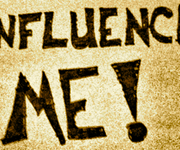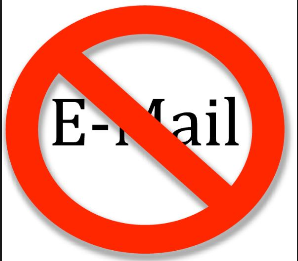Why Influence Still Matters
When you are about to make a purchase, what do you do? If you are like me and most people, we do some research and then based on what we find, we…wait for it…we ask our friends, colleagues and family what product or service they use. This my friends is influence at its best. In fact, it is the precursor to social proof. We feel better knowing that the people we trust and respect would: 1) share their experience with us and 2) recommend a product/service or, conversely send us running for cover because of their experience. And, this is why influence still matters.
For brands then, this really is at the heart of the matter. More specifically, it is at the heart of the people who manage the brands and plan, plot and strategize how to influence buyer behaviour. Ultimately these same people want to understand how to influence others. Influence is not new. Dale Carnagie knew this back in the 1930s. In fact, his book “How to Win Friends and Influence People” was published in 1936. Still a good read by the way!
While wanting to influence is not new, what has changed is primarily how we go about influencing. There is now more of a focus on influencing influencers. This area of marketing is of particular interest to me, and many quite frankly, because of the potential for significant changes to consumer behaviour. But the question remains: how do you influence and influencer? Here are six key principles of influence according to Dr. Robert Cialdini to consider:
- Reciprocity
- Commitment and Consistency
- Social Proof
- Authority
- Liking
- Scarcity
When it comes down to it, these six principles really make sense. The only thing that I would add to this mix is patience. When building an influencer program or relationships, it is key to remember that Rome was not built in a day. After all, working with influencers is about relationships and it makes complete sense that there is some give and take (reciprocity), commitment to the relationship and consistency. After all, how do you feel when your “friend” only reaches out when he or she wants something? We already know that social proof is very positive based on our insistence of asking people we know about products/service. We also like to know that people we trust, people who have authority, will guide us in the right direction. Additionally, we are influenced by the mere fact that “others” like something. You know the feeling..everyone is getting the new iPhone so you kinda feel like you should too. And, finally scarcity is very important in influencing someone. Again, relating back to the iPhone, think about how it feels to be on the pre-order list. Specifically think about how you feel when you have that new iPhone way before your friends. You know that feeling. You feel really special and important. That of course is the ultimate in influence!
Next time I will explore the six principles in more detail looking at specific examples and delve into the question of whether to pay or not pay influencers.
Feel free to follow me on Twitter!
NOTE: this post previously appeared on InNetwork’s Blog.











